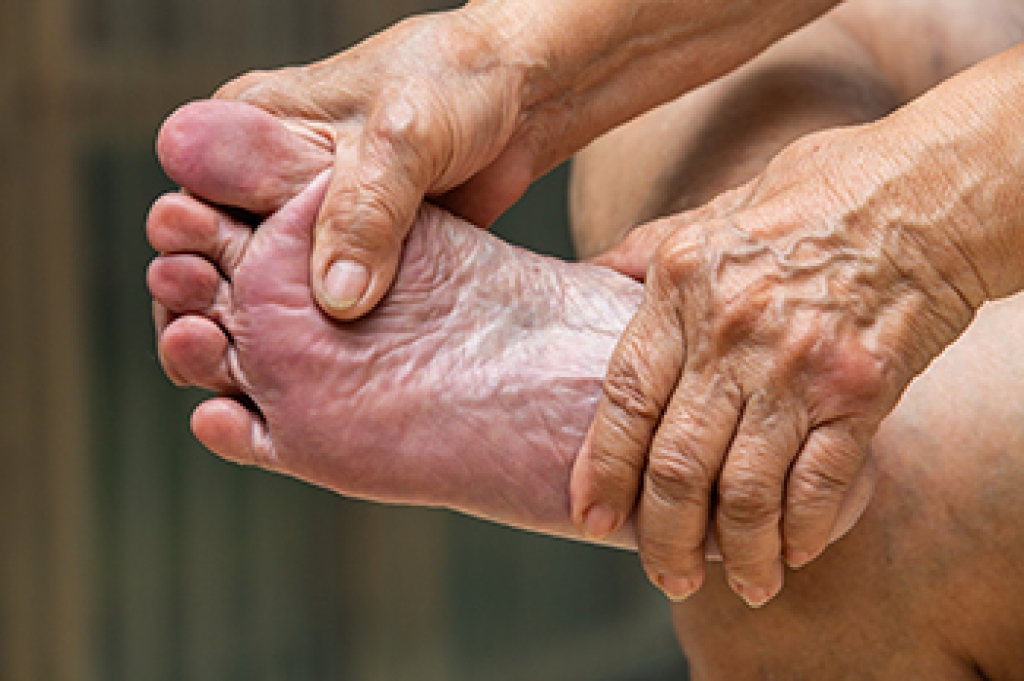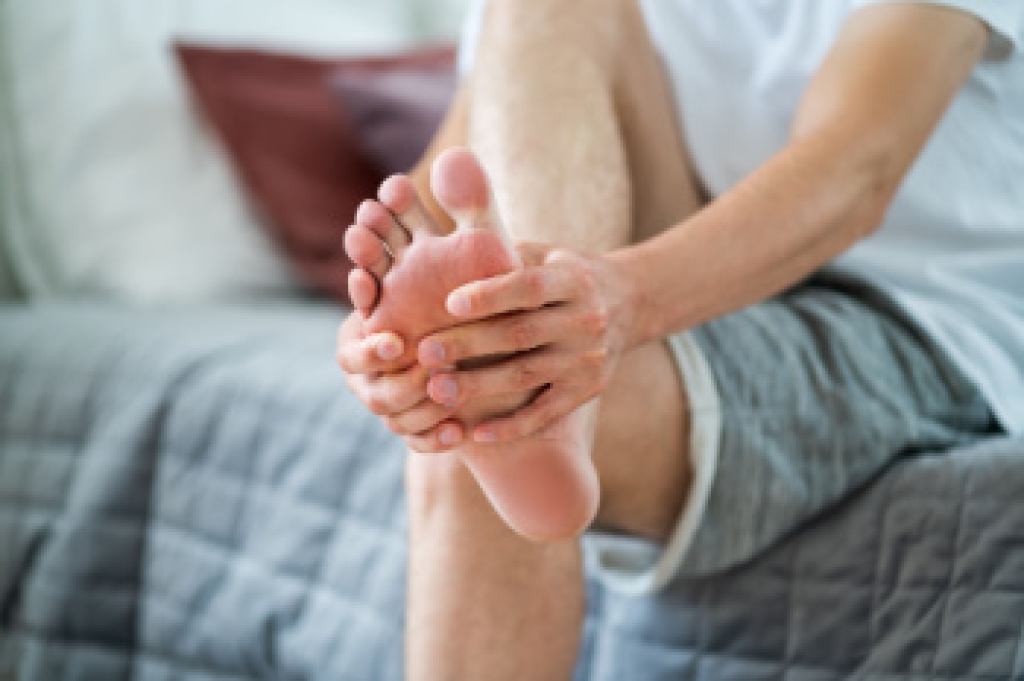
Overuse injuries in young athletes often affect the growing bones and soft tissues of the feet and ankles. Repetitive stress from activities like running and jumping, or wearing shoes that lack adequate support can irritate the growth plates. These are areas of developing cartilage located near the ends of bones. Sever’s disease, which causes heel pain, or navicular stress from strain along the midfoot often occurs in active children. These injuries can lead to limping, swelling, and tenderness that interfere with walking or sports participation. Because their growth plates are still open, the risk of long-term problems increases if these injuries are not properly managed. A podiatrist can evaluate the foot structure, identify overuse patterns, and recommend orthotics, footwear adjustments, or other remedies to relieve strain and protect developing bones. If your active child shows signs of foot or ankle pain after sports activity, it is suggested that you make an appointment with a podiatrist for a diagnosis and treatment.
Making sure that your children maintain good foot health is very important as they grow. If you have any questions, contact Deann Hofer Ogilvie, DPM of Ascend Foot & Ankle Center. Our practitioner can provide the care you need to keep you pain-free and on your feet.
Keeping Children's Feet Healthy
Having healthy feet during childhood can help prevent medical problems later in life, namely in the back and legs. As children grow, their feet require different types of care. Here are some things to consider...
Although babies do not walk yet, it is still very important to take care of their feet.
Avoid putting tight shoes or socks on his or her feet.
Allow the baby to stretch and kick his or her feet to feel comfortable.
As a toddler, kids are now on the move and begin to develop differently. At this age, toddlers are getting a feel for walking, so don’t be alarmed if your toddler is unsteady or ‘walks funny’.
As your child gets older, it is important to teach them how to take care of their feet.
Show them proper hygiene to prevent infections such as fungus.
Be watchful for any pain or injury.
Have all injuries checked by a doctor as soon as possible.
Comfortable, protective shoes should always be worn, especially at play.
If you have any questions, please feel free to contact our office located in Lafayette, CO . We offer the newest diagnostic and treatment technologies for all your foot care needs.




